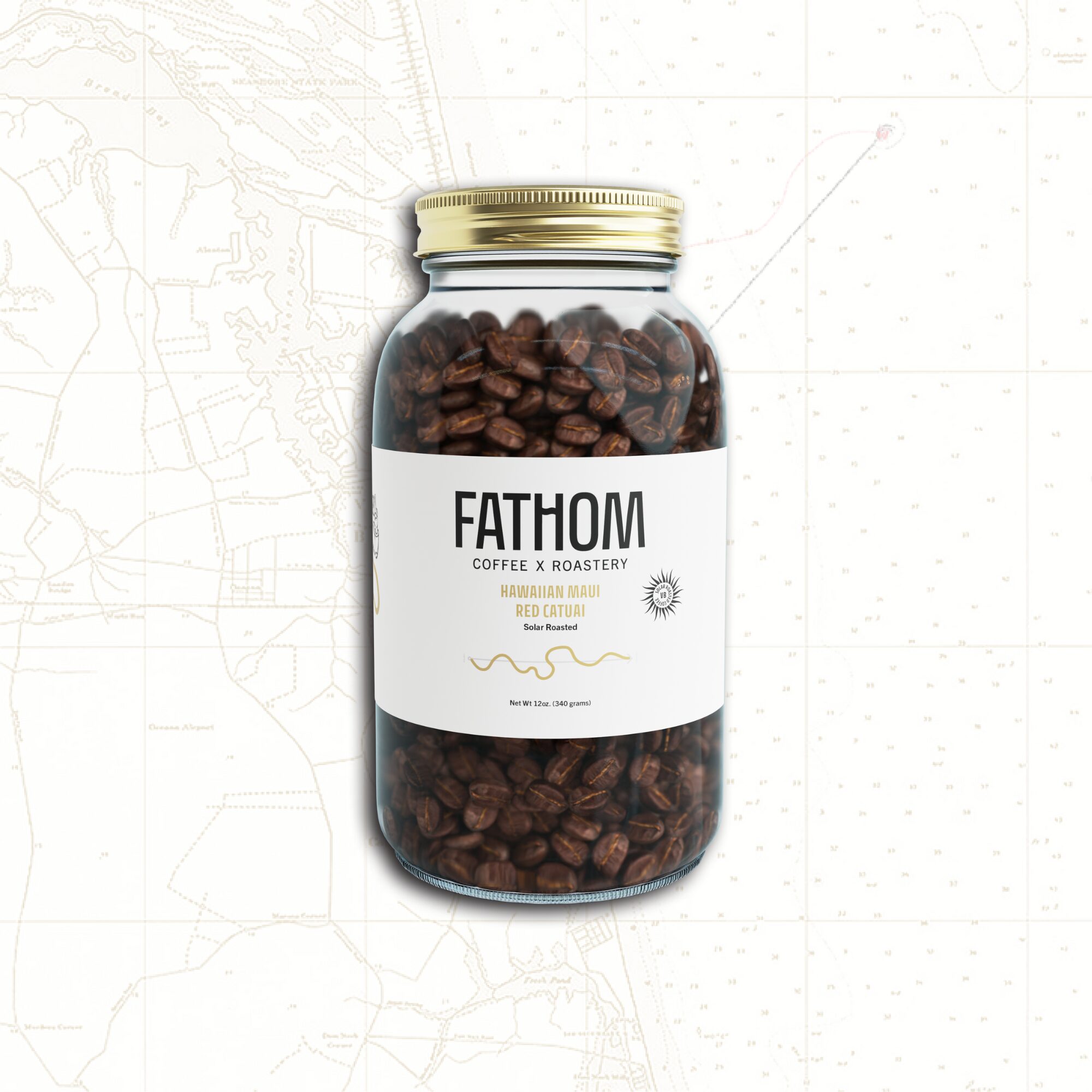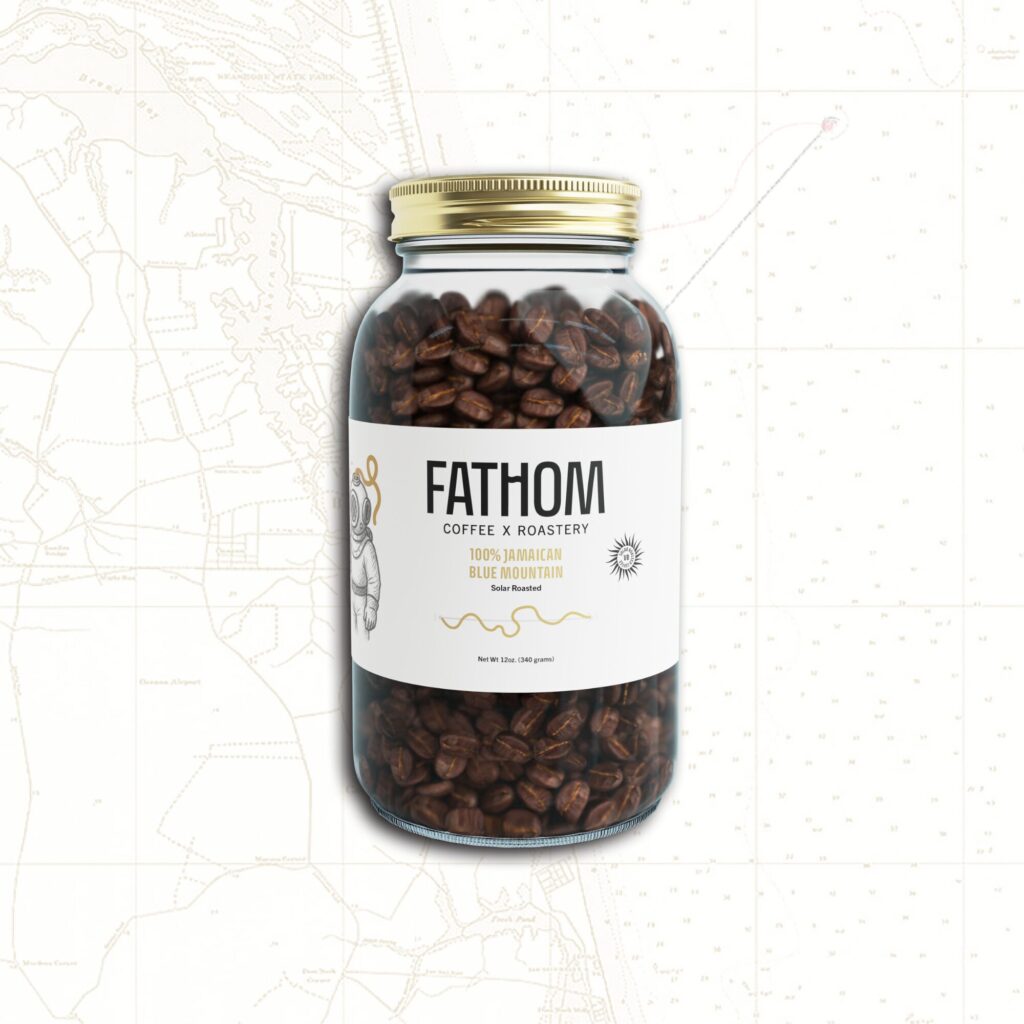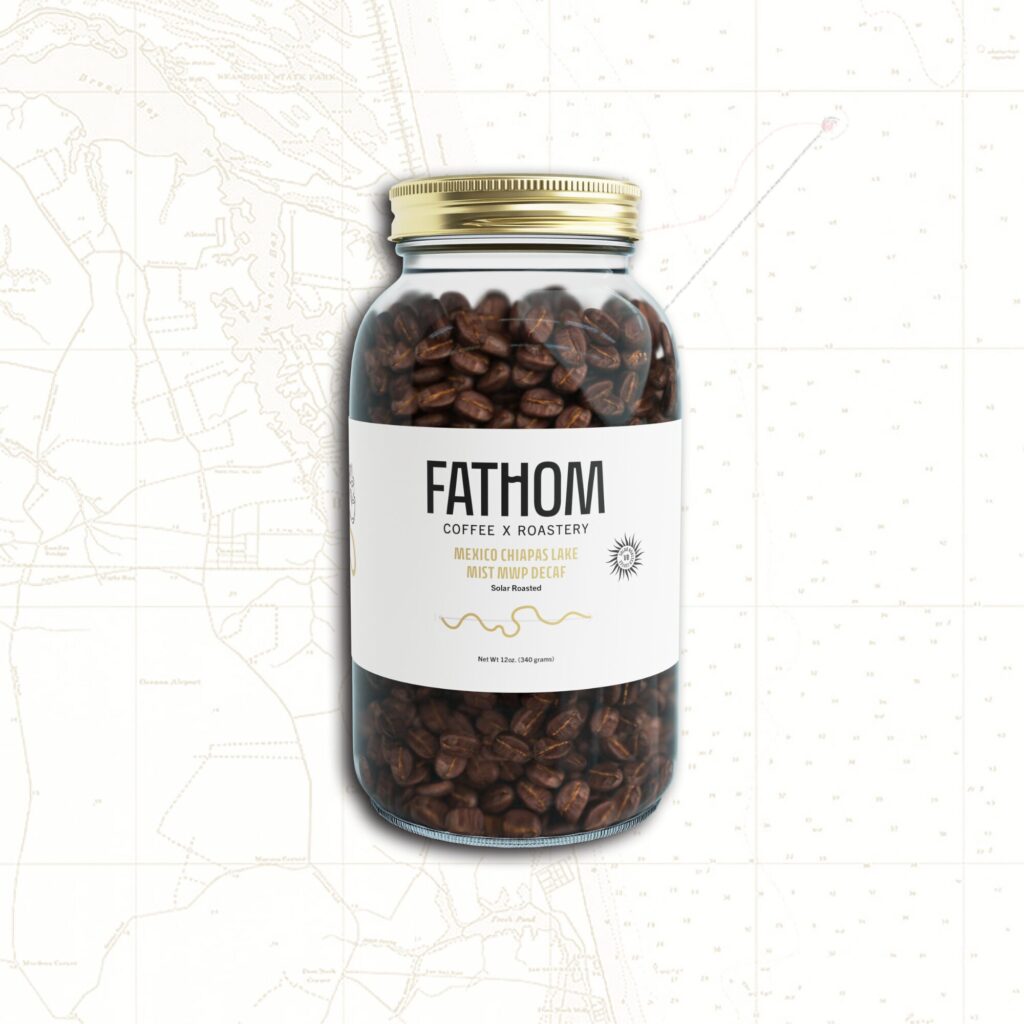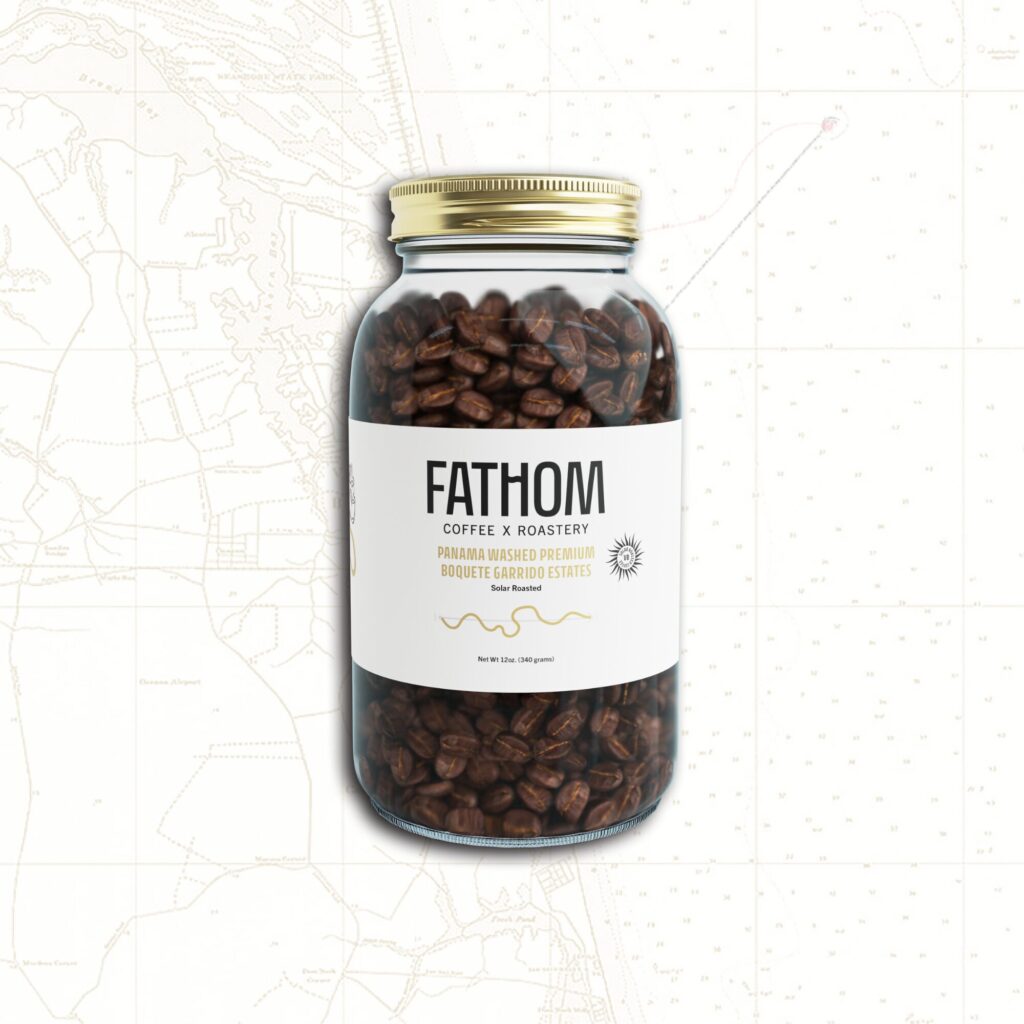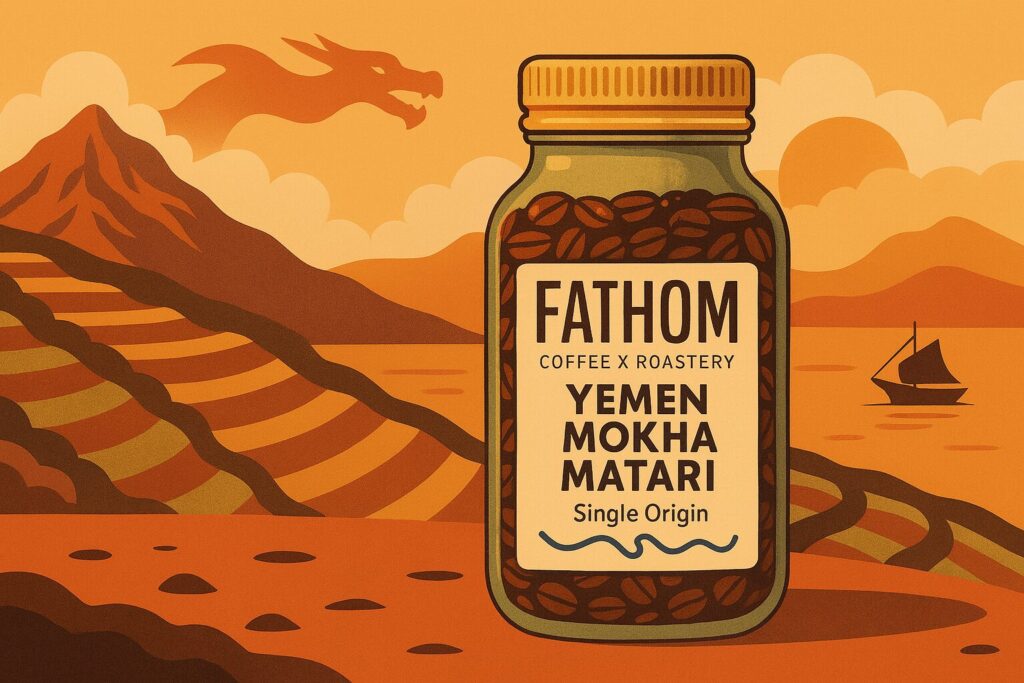Description
On the western flanks of Maui, where volcanic soils meet cooling tradewinds, Red Catuai takes root at elevations of 110 to 550 meters. A hybrid born from Mundo Novo and Caturra, this compact arabica cultivar thrives in Maui’s uniquely maritime climate.
Cherries are hand-picked at peak ripeness and washed: pulped, fermented in water, and sun-dried on raised beds. The result is a clean, layered cup—ripe red plum, caramelized raw sugar, and a finish of dry cocoa nib. Its bright acidity and wine-like body make it a standout in Hawaiian coffee.
In 2023, wildfires devastated parts of Maui, sparing most farms but severely damaging processing infrastructure—mills, warehouses, and finished green inventory. Even as trees stood intact, the loss of equipment and drying capacity meant some farms could not bring their harvest to market. Adding to the strain, island-wide labor shortages have made it difficult to fully harvest and process the most recent crops.
As of 2024, many Maui coffee lots are scarce, with green Red Catuai especially difficult to source. This rarity, combined with the origin’s intrinsic quality, has elevated its place among specialty coffees.
But the future is promising. Across Maui, farms are rebuilding and replanting. New players like Mahi Pono are bringing scale and resilience with rust-resistant varietals and sustainable systems. Longtime growers are restoring drying decks and retooling with fire- and disease-resilient infrastructure. The spirit of aloha is alive in every effort to bring Maui coffee back stronger.
Hawaii contributes less than 0.05% of the global coffee supply. Yet few origins carry its history, sustainability, and distinct terroir. With Maui Red Catuai, you don’t just taste the island—you support its recovery and future.
